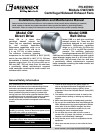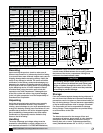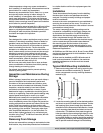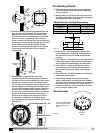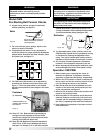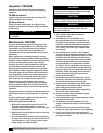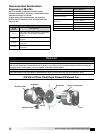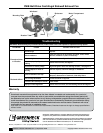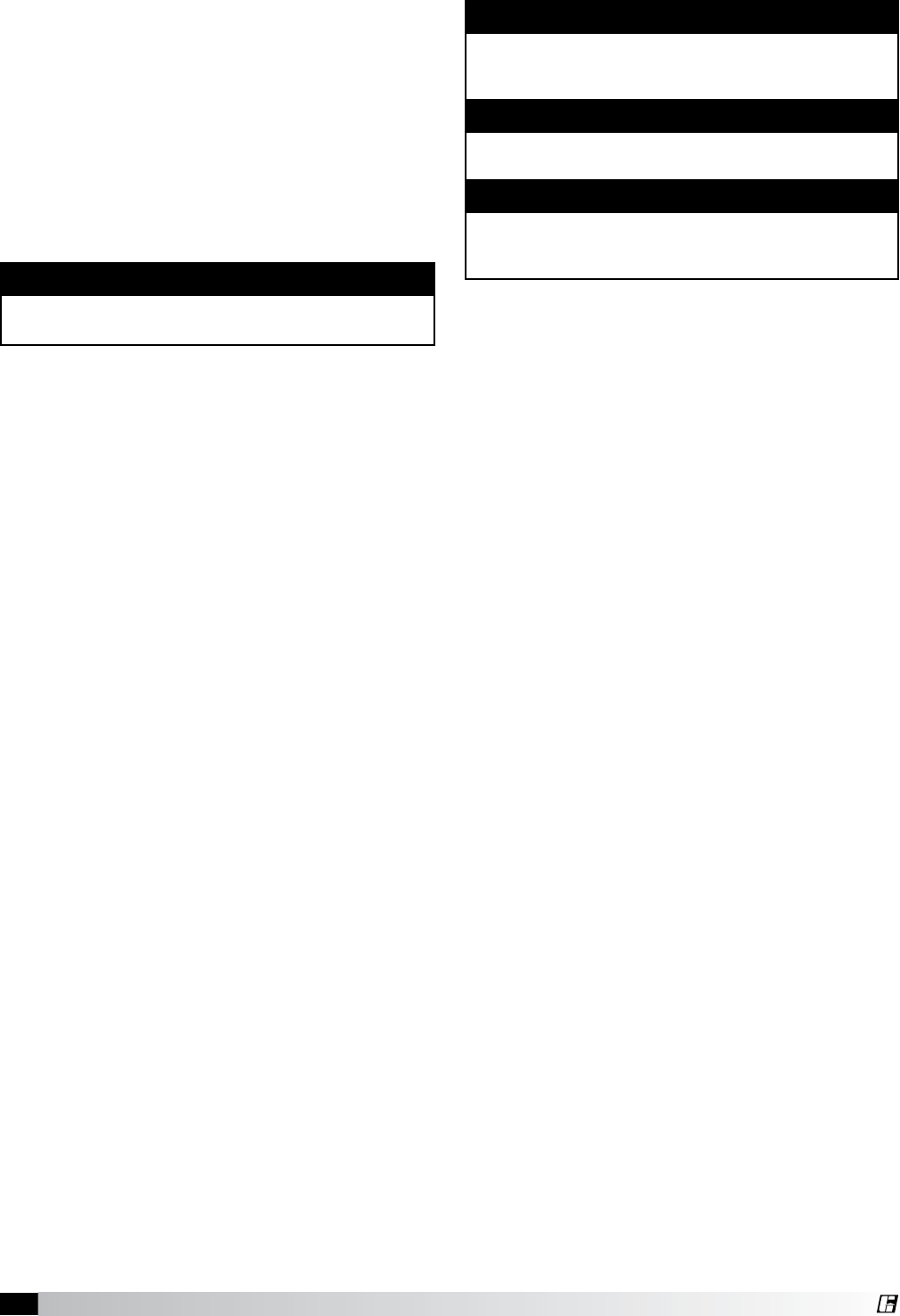
6
Model CW/CWB • Centrifugal Sidewall Exhaust Fans
®
IMPORTANT
Adjust (tighten) belt tension after the rst 24-48 hours
of operation.
WARNING
Always disconnect, lock and tag power source before
servicing. Failure to disconnect power source can
result in re, shock or serious injury.
CAUTION
Uneven cleaning of the wheel will produce an out of
balance condition that will cause vibration in the fan.
WARNING
This unit should be made non-functional when
cleaning the wheel or housing (fuses removed,
disconnect locked off).
Inspection: CW/CWB
Inspection of the fan should be conducted at the
rst 30 minute and 24 hour intervals of satisfactory
operation.
30 Minute Interval
Inspect bolts, setscrews and motor mounting bolts.
Adjust and tighten as necessary.
24 Hour Interval
Check all internal components. On CWB unit only,
inspect belt alignment and tension. Adjust and tighten
as necessary.
Maintenance: CW/CWB
A proper maintenance program will help these units
deliver years of dependable service. Installation and
maintenance are to be performed only by qualied
personnel who are familiar with local codes and
regulations and who are experienced with this type of
equipment.
Motor maintenance is generally limited to cleaning
and lubrication (where applicable). Cleaning should be
limited to exterior surfaces only. Removing dust buildup
on motor housing ensures proper motor cooling.
Greasing of motors is only intended when ttings are
provided. Many fractional horsepower motors are
permanently lubricated and should not be lubricated
after installation. Motors supplied with grease ttings
should be greased in accordance with manufacturers’
recommendations. Where motor temperatures do not
exceed 104ºF (40ºC), the grease should be replaced
after 2,000 hours of running time as a general rule.
Wheels require very little attention when moving
clean air. Occasionally, oil and dust may accumulate
causing imbalance. When this occurs the wheel and
housing should be cleaned to ensure smooth and safe
operation.
All fasteners should be checked for tightness each time
maintenance checks are performed prior to restarting
unit.
A proper maintenance program will help these units
deliver years of dependable service.
Belt/Bearing Maintenance CWB Unit
1. Belts tend to stretch after a period of time. They
should be checked periodically for wear and
tightness. When replacing belts, use the same type
as supplied with the unit.
2. Matched belts should always be used on units with
multi-groove pulleys.
3. For belt replacement, loosen the tensioning device
enough to allow removal of the belt by hand. Do not
force the belts on or off. This may cause cords to
break, leading to premature failure.
4. Once installed, adjust belts as shown in
“Pre-Starting Checks.”
5. Shaft bearings can be classied in two
groups:relubricating and non-relubricating. All
non-relubricating bearings on standard model
CWB fans are factory lubricated and require no
further lubrication under normal use (between
-20º to 180ºF (-29º to 82ºC) in a relatively clean
environment).
6. Units installed in hot, humid or dirty locations
should be equipped with special bearings. These
bearings will require frequent lubrication. On CWB
belt driven fans, the standard cast pillow block
bearings are factory lubricated and are provided
with external grease ttings. Annual lubrication
is recommended, or more frequently if needed,
see Table 2. Do not over-grease. Use only one or
two shots of lubricant with a hand gun. Maximum
hand gun rating is 40 psi. Rotate bearings during
lubrication where good safety practice permits.
Caution should be employed to prevent over
packing or contamination.
7. Grease ttings should be wiped clean. The unit
should be in operation while lubricating. Extreme
care should be used around moving parts.
8. Grease should be pumped in very slowly until a
slight bead forms around the seal. A high grade
lithium base grease should be used.
9. When installing restaurant exhaust applications
follow NFPA 70 for cleaning fans.
10. Grease containers must be emptied at regular
intervals to prevent overow.
11. To ensure tightness, check pulley setscrews. Proper
keys must be in keyways.
12. Fan RPM should not be readjusted. Only use
pulleys of identical size and type when replacing
pulleys.
13. During the rst few months of operation check
bearing set screws periodically to ensure tightness.
14. If unit is to be left idle for an extended period,
remove belts and store in a cool, dry place to avoid
premature belt failure.



